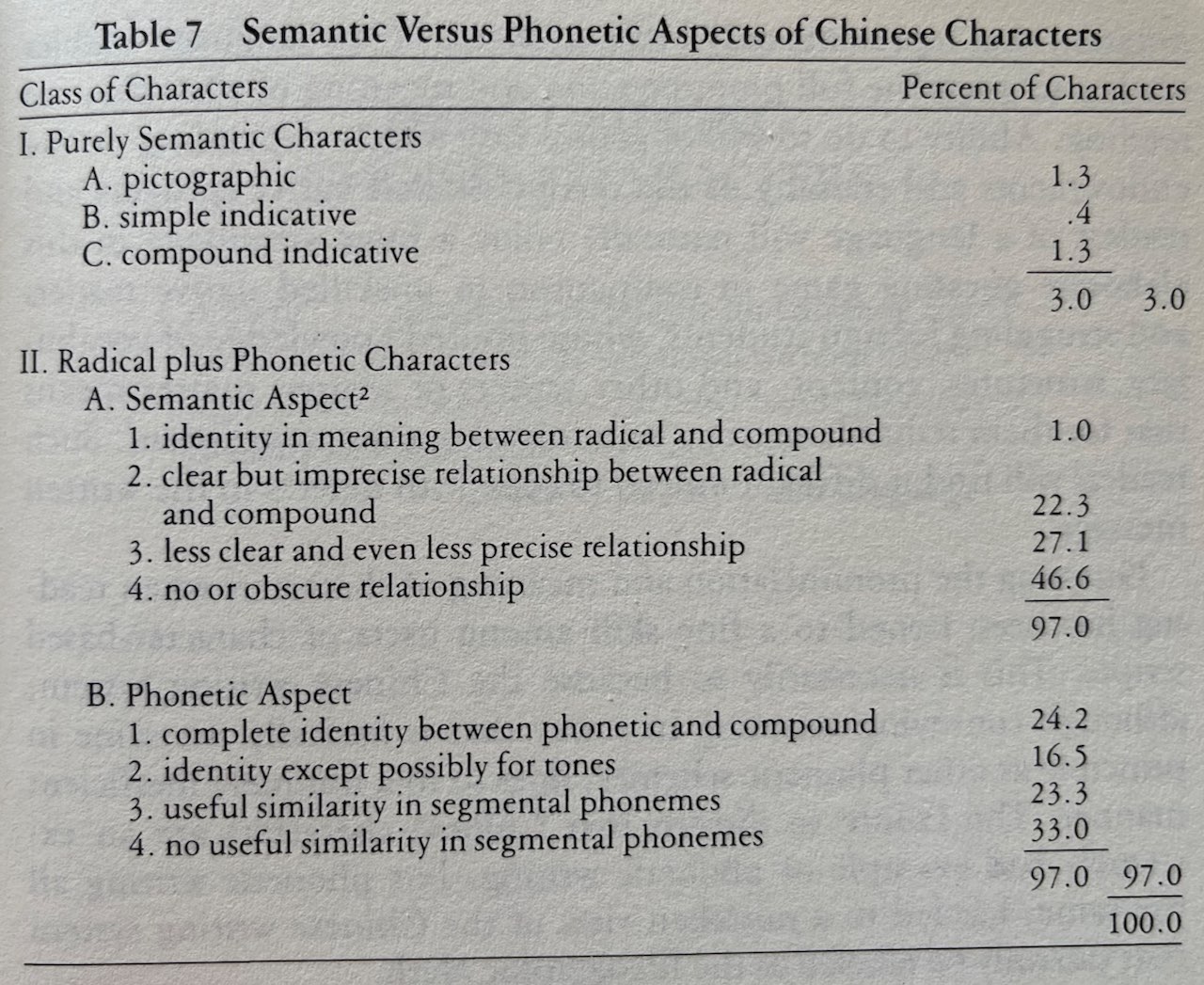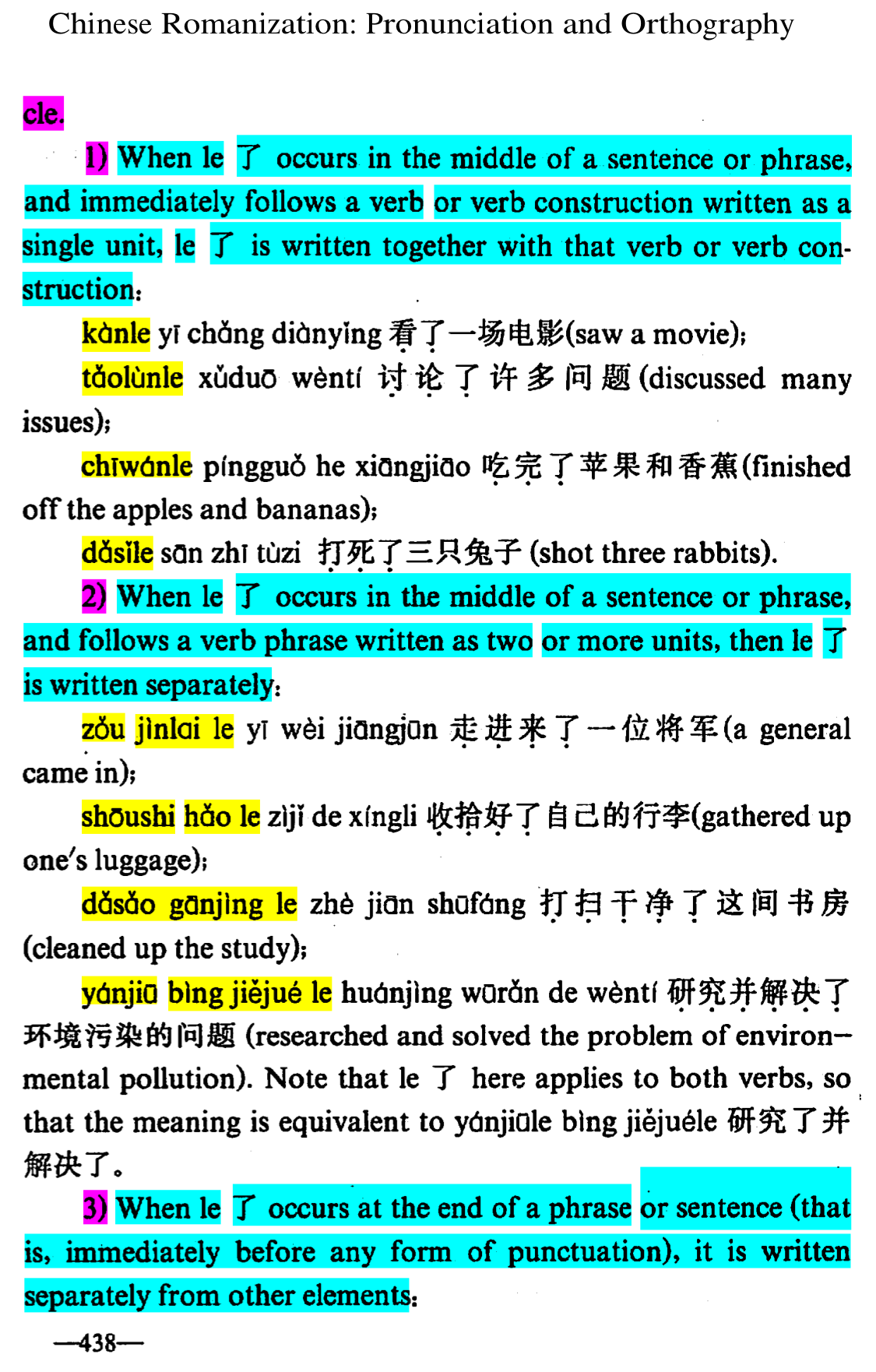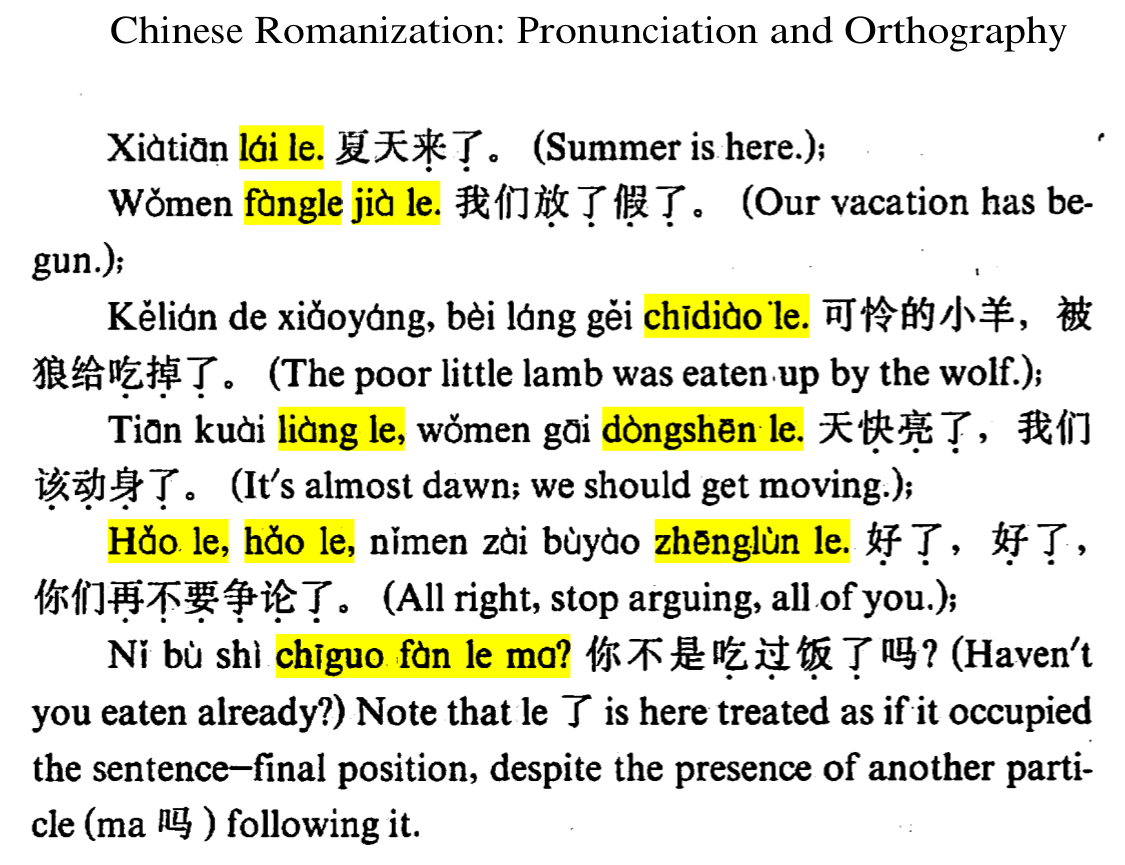kǒngbù huódòng ((kǒng·bù fearing · terror → [terrorist] 恐怖) (huó·dòng living · moving → [activities] 活动 活動) → [terrorism; terrorist activities]) ← Tap/click to show/hide the “flashcard”
[Notes: Tap/click on a Pīnyīn (Pīn·yīn {Piecing Together of} · Sounds → [Pinyin] 拼音) expression to reveal its “flashcard”; tap/click on a “flashcard” or its Pīnyīn (Pīn·yīn {Piecing Together of} · Sounds → [Pinyin] 拼音) expression to hide the “flashcard”. 📖 📄 📘 icons mean 📖 Reveal All, 📄 Reveal Advanced, and 📘 Reveal None re all the “flashcards” in the heading, paragraph, etc. that they are placed at the beginning of.]
With what’s currently going on in the world, at the time of this writing, jw.org was featuring the article “Will Terrorism Ever End?”. Where the English version of this article uses the word “terrorism”, the Mandarin version uses this week’s MEotW, “kǒngbù huódòng ((kǒng·bù fearing · terror → [terrorist] 恐怖) (huó·dòng living · moving → [activities] 活动 活動) → [terrorism; terrorist activities])”. For example, the titles of the English and Mandarin versions of the article are rendered as follows:
English:
Will Terrorism Ever End?
Mandarin:
📖 📄 📘 Kǒngbù Huódòng ((Kǒng·bù Fearing · Terror → [Terrorist] 恐怖) (Huó·dòng Living · Moving → [Activities] 活动 活動) → [Terrorism]) Huì (Will 会 會) Yǒu (Have 有) Zhōngzhǐ (Zhōng·zhǐ Ending · Stopping 终止 終止) de (’s 的) Yì (One 一) Tiān (Sky → [Day] 天) Ma ([? ptcl for “yes/no” questions] 吗 嗎)?
Morphemic Breakdown
In “kǒngbù huódòng ((kǒng·bù fearing · terror → [terrorist] 恐怖) (huó·dòng living · moving → [activities] 活动 活動) → [terrorism; terrorist activities])”, “kǒngbù (kǒng·bù fearing · terror | terrifying · frightening [→ [terror; horror | horrible | terrorist (adj)]] 恐怖)” is made up of morphemes that literally mean “fearing” and “terror”, and that together effectively mean “terrorist” (used as an adjective) in this context. Another expression in which “kǒngbù (kǒng·bù fearing · terror | terrifying · frightening [→ [terror; horror | horrible | terrorist (adj)]] 恐怖)” is used this way is “kǒngbù fènzǐ ((kǒng·bù fearing · terror → [terrorist] 恐怖) (fèn·zǐ {component; part; portion (of a whole)} · person → [member (of a class or group)] 分子) → [terrorist (person)])”, which means “terrorist”, that is, a person who is a terrorist.
As for “huódòng (huó·dòng living · moving → [activities] | {to be living → [to be moving]} · {to move} 活动 活動)”, its morphemes literally mean “living” and “moving”, and, in the context of “kǒngbù huódòng ((kǒng·bù fearing · terror → [terrorist] 恐怖) (huó·dòng living · moving → [activities] 活动 活動) → [terrorism; terrorist activities])”, together they effectively mean “activities”. On one level of literalness, then, “kǒngbù huódòng ((kǒng·bù fearing · terror → [terrorist] 恐怖) (huó·dòng living · moving → [activities] 活动 活動) → [terrorism; terrorist activities])” means “terrorist activities”. From there, it’s easy to see how it came to correspond with “terrorism”.
Mandarin -isms
“Terrorism” is but one of the world’s many -isms. Below are some other Mandarin expressions, besides “huódòng (huó·dòng living · moving → [activities] | {to be living → [to be moving]} · {to move} 活动 活動)”, used to construct the Mandarin equivalents of various English -isms, along with examples of them in use:
-
zhǔyì
(zhǔ·yì
master · meaning → [doctrine; ideology; -ism]
主义
主義)
- guójiā zhǔyì ((guó·jiā nation · family → [nation] 国家 國家) (zhǔ·yì master · meaning → [-ism] 主义 主義) → [nationalism])
- zhǒngzú zhǔyì ((zhǒng·zú kind · race → [race] 种族 種族) (zhǔ·yì master · meaning → [-ism] 主义 主義) → [racism; ethnocentrism])
- chuántǒng zhǔyì ((chuán·tǒng {passed on} · {gathered together (things) → [interconnected system]} → [tradition] 传统 傳統) (zhǔ·yì master · meaning → [-ism] 主义 主義) → [traditionalism])
-
lùn
(discussing → [theory; doctrine; -ism | view; opinion]
论
論)
- wúshén lùn ((wú·shén no · God 无神 無神) (lùn discussing → [-ism] 论 論) → [atheism])
- bùkězhī lùn ((bù·kě·zhī not · can · {be known} → [[is] unknowable] 不可知) (lùn discussing → [-ism] 论 論) → [agnosticism])
-
jīngshén
(spirit [→ [mind; mental state; psycho-; -ism]]
精神)
- Ā Q jīngshén ((Ā [pref indicating familiarity] 阿) (Q) (jīngshén spirit → [-ism] 精神) → [Ah Q-ism; self-deception and rationalization as a coping mechanism, involving viewing personal and societal failures as “spiritual/moral victories” (Ā Q is the protagonist of Ā Q Zhèngzhuàn (The True Story of Ah Q), by Lǔ Xùn)])
Ah Q
To provide some background for “Ā Q jīngshén ((Ā [pref indicating familiarity] 阿) (Q) (jīngshén spirit → [-ism] 精神) → [Ah Q-ism; self-deception and rationalization as a coping mechanism, involving viewing personal and societal failures as “spiritual/moral victories” (Ā Q is the protagonist of Ā Q Zhèngzhuàn (The True Story of Ah Q), by Lǔ Xùn)])”, Ā Q ((Ā [pref indicating familiarity] 阿) (Q) → [protagonist of Ā Q Zhèngzhuàn (The True Story of Ah Q), by Lǔ Xùn]) is the protagonist of Ā Q Zhèngzhuàn ((Ā [pref indicating familiarity] 阿) (Q Q’s) (Zhèng·zhuàn Correct · Story → [True Story] 正传 正傳) → [The True Story of Ah Q (novella by Lǔ Xùn; considered the first work written in Vernacular Chinese)]) (The True Story of Ah Q), a novella by Lǔ Xùn ((Lǔ Stupid; Rash (surname) 鲁 魯) (Xùn Fast; Quick; Swift 迅) (pen name of Zhōu Shùrén, the greatest Chinese writer of the 20th cent. and a strong advocate of alphabetic writing)), who is considered the greatest Chinese writer of the 20th century, and who was a strong advocate of alphabetic writing for China. Regarding Ā Q Zhèngzhuàn ((Ā [pref indicating familiarity] 阿) (Q Q’s) (Zhèng·zhuàn Correct · Story → [True Story] 正传 正傳) → [The True Story of Ah Q (novella by Lǔ Xùn; considered the first work written in Vernacular Chinese)]), Wikipedia provides this summary of how this literary work is viewed:
The piece is generally held to be a masterpiece of modern Chinese literature, since it is considered the first piece of work to fully utilize Vernacular Chinese after the 1919 May 4th Movement in China.[source]



